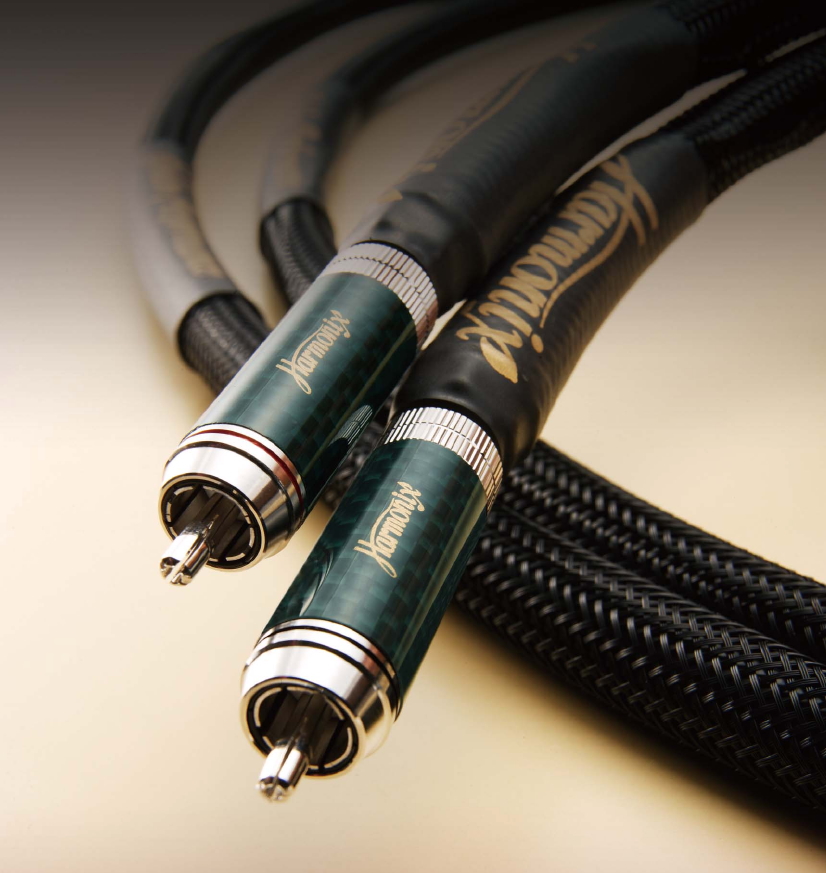In this article we take a look at some of the most common types of audio cables and the connectors used to link them to audio equipment.
1.Audio Cables.
Audio cables vary little in their fundamental designs, but massively in terms of price. It is possible to buy a basic audio cable for as little as a couple of pounds, whereas the top-of-the-range equivalent cable could be closer to 100.
There are two basic designs used with audio cables; single-core/shielded (unbalanced) cables and one-pair/shielded (balanced) cables.
2. Single-core/shielded audio cables.
Single-core cables use a single core that carries the positive charge and the surrounding shield carries the cable’s negative charge. Sometimes, for example in an audio cable types catalogue, the positively charged part of the cable is referred to as ‘hot’ and the negative part as ‘cold’.
Single-core/shielded cables are only used with unbalanced audio signals.
3. One-pair/shielded audio cables.
With one-pair cables, two cores run through the cable, one of which is the negative or cold core and the other is positively charged, or ‘hot’. The surrounding shield is earthed. One-pair cables are used with balanced audio signals.
4. Audio connectors.
Many different types of audio connectors are used. The main ones are 6.5mm TRS plugs (which are also called ” jacks), RCA jacks and 3-pin XLR connectors.
5. 6.5mm TRS plugs.
TRS plugs can be further divided into mono and stereo versions. A mono TRS plug has just a sleeve and a tip, whereas the stereo version has a sleeve, tip and ring.
With a mono plug, the sleeve is negative and the tip is positive. With a stereo plug that is carrying a balanced signal, the sleeve is the shield, the ring is the negative and the tip is the positive. If the stereo plug is carrying a stereo signal (i.e. right and left channels) then the ring is the right, the tip the left and the sleeve is purely a shield.
Jacks come in a variety of sizes such as 6.5mm, 3.5mm and 2.5mm and the wiring is the same for all of them.
6. 3-pin XLR connectors.
These are used almost exclusively for carrying balanced audio signals. Balanced signals are often preferred because they are less susceptible to interference.
With a 3-pin connector, pin 1 is the shield (or earth), pin 2 is the hot (positive) and pin 3 is the cold (negative).
XLR plugs also come in 4-pin and 5-pin forms, as well as the more common 3-pin variety.
7. RCA connectors (also known as phono).
RCA leads will be familiar to most people as the cables that connect DVD players and the like into the AV inputs on their televisions. They can carry either video or audio and are wired in exactly the same way as mono jacks. The centre pin is the positive, the outer ring is negative, or the shield.
As we have seen in this brief introduction to audio cables and connectors, there are a significant number of different cables and connectors out there, as only a brief browse of an audio cable types catalogue will confirm. In reality, however, only a few different cables are commonly used and once you gain some practical experience, choosing the best cable for a job soon becomes second nature.
AUTHOR BIO:
Jack Halford is a successful music producer and studio engineer with over 20 years of experience in the music business. He is also the author of an exhaustive audio cable types catalogue that is used as a reference guide by audio professionals.





